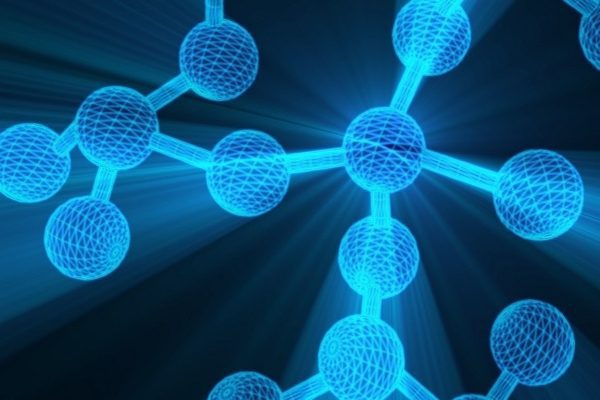Daniel Cohen

Daniel Cohen
 Optoelectronics, Photophysics CONDUCTIVE POLYMER-SILICON INTERFACES
Optoelectronics, Photophysics CONDUCTIVE POLYMER-SILICON INTERFACES
Research Description: Conductive Polymer-Silicon Interfaces
Research Group: Walter Research Group
Previous Degree: B.S. Physics, MIT
Dissertation Defense
“Crystalline Silicon Interfaces with Adhesive Polymer Semiconducting Glue and Thiazolothiazole Redox Active Organic Small Molecules”
Doctoral Advisor: Dr. Michael Walter
Abstract:
Crystalline silicon is an extremely versatile semiconductor material used for electronics and photovoltaic devices. An organic conductive glue based on a blend of poly (3,4-ethylenedioxythiophene):poly(styrene sulfonate) (PEDOT:PSS) and d-sorbitol was examined for laminating conductors to crystalline silicon. PEDOT: PSS functions as a high-work-function solution processable conductor and exhibits an ohmic contact on p-type silicon. On n-type silicon it forms a rectifying contact, which behaves as a solar cell. D-sorbitol has adhesive properties and enhances the conductivity of the PEDOT:PSS polymer blend. D-sorbitol blended with PEDOT:PSS (s-PEDOT:PSS) was brought into contact with n-Si to form a rectifying contact that could be laminated to any sort of conductor. Conductive glue could prove especially useful for laminating to textured silicon or novel micro or nanostructured silicon materials. However, when the d-sorbitol is added to the PEDOT:PSS and a brought into contact with silicon, current–voltage characteristics suggest minority carrier trap states are formed, leading to charge recombination at the silicon/polymer interface and preventing charges from moving without extra voltage.
In a separate experiment, to avoid creating electron trap states where recombination occurred, the surface of the silicon was modified by covalently bonding organic molecules to the silicon. The surface was covered completely with methyl groups, which reduced the problem of trap state formation and charge recombination by protecting the silicon atoms from oxidation. This allowed viable solar cells to be produced using s-PEDOT:PSS contacts to n-Si.
Further extending the concept of bonding organic molecules to the silicon crystal, a redox active small molecule was attached to the silicon surface. This molecule was chosen and synthesized for a number of reasons. Its reactivity with the silicon surface was essential, so an alkene moiety was used. Its ability to accept and donate electrons was also key, so a viologen was chosen. This facilitated the reduction of protons to molecular hydrogen. Thiazolo[4,5-d]thiazole bridged viologens have a lower redox potential relative to the silicon conduction band and can be doubly reduced more easily than traditional viologens, so this type of compound was chosen as the surface bound redox active molecule.
Diallylpyridinium-thiazolo[4,5-d]thiazole dibromide ((Allyl2TTz)2+(Br–)2) was, therefore, used as it fit all the requirements. This compound was studied in solution to determine its properties as an electron shuttle with a silicon electrode. Bare silicon is a poor catalyst, but in combination with (Allyl2TTz)2+(Br–)2 in solution it was shown to have a dramatic increase in catalytic ability for reducing acids. Next it was covalently bonded to the silicon surface to see whether it would retain the properties of a solution containing (Allyl2TTz)2+(Br–)2. The chemically modified silicon surface was found to be more catalytic for reducing H2SO4 than a bare silicon surface.
Date: September 17, 2019